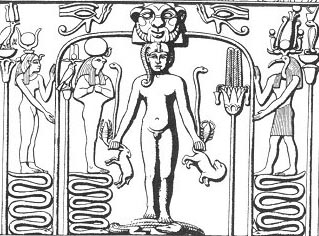|
March 2010 from StellarHousePublishing Website
Although it is believed to represent the time of Jesus Christ's 'resurrection,' the festival of Easter existed in pre-christian times and, according to the famous christian saint Venerable Bede (672-735 AD/CE), was named for the Teutonic or German goddess E˘stre, who was the "goddess of dawn" and who symbolized the fertility found abundantly during the springtime of the year. (See CE, V, 224; Weekley, 491)
Regarding the ancient fertility goddess, in How the Easter Story Grew from Gospel to Gospel, Dr. Rolland E. Wolfe, a professor of Biblical Literature at Case Western Reserve University, relates:
The comparison between the Babylonian goddess Ishtar and the Jewish maiden Mary becomes even more evident when it is factored in that in an ancient Akkadian hymn Ishtar is called "Virgin." (Sayce, 268)
Yet, like Mary, Ishtar too was the "Mother of God," in this case Tammuz, the dying and rising god mourned by the Israelite women at Ezekiel 8:14. (See Mettinger, 213)
Indeed, Old Testament scholar Rev. Dr. W. Robertson Smith identifies Ishtar as the virgin-mother goddess worshipped at Petra who was mentioned by Church father Epiphanius.
In a footnote, Smith remarks,
The reference is to St. Augustine's The City of God (2.4), in which the Church father discusses with undisguised contempt the Pagan rites surrounding,
From these remarks and many others over the past centuries it is clear that the educated elite have been well aware of the unoriginality of the virgin-mother motif within christianity.
Yet, to this day the public remains
uninformed and/or in fervent denial about such facts....
Her reemergence out of the underworld represented the springtime renewal of life on Earth - thus, Persephone's resurrection symbolized eternal life, precisely as did that of Jesus and the Egyptian god Osiris.
Comprising the entombment for three days, the descent into the underworld, and the resurrection, the spring celebration of "Easter" represents the period of the vernal equinox, when the sun is "hung on a cross" composed of the days and nights of equal length.
After a touch-and-go battle for
supremacy with the night or darkness, the sun emerges triumphant,
being "born again" or "resurrected" as a "man," moving towards "his"
full strength at the summer solstice...
The "Sun of Righteousness" refers to Jesus Christ, as purportedly prophesied in the last book before the New Testament, Malachi (4:2).
Christ's identification as the "Sun of
Righteousness," the placement of his "resurrection" at Easter, and
his association with the "sun all glorious in the east," all reflect
his solar role, serving as earmarks of Jesus himself being a sun
god. Indeed, "Easter" or the vernal equinox truly represents the
resurrection of the "Light of the World" - the sun - bringing with
it the fertility of spring.
In his extensive analysis in The Golden Bough regarding the "dying and rising gods," Sir James George Frazer concluded that the story of Easter as a time of rebirth, renewal and resurrection of life in general could be found in the myths of non-christian deities such as the Greco-Phrygian god Attis and the Greco-Syrian god Adonis, among others.
Discussing Attis along with his consort/mother Cybele (the "Metroac" cult/mysteries), Dr. Andrew T. Fear, a professor of Classics and Ancient History at the University of Manchester, remarks:
The festival associated with Cybele and Attis, called the "Megalensia," was celebrated specifically in the spring, with a passion play commemorating Attis's death and resurrection. (Salzman, 87)
Dr. Fear thus asserts this mourning period of the god Attis to have comprised three days. In reality, this pre-christian cult remained popular well into the common era, and its similarities to christianity were not considered "superficial" by the Church fathers such as Augustine who wrote about them.
The parallels between the Attis myth and the gospel story are in fact startling and highly noteworthy, and in reality represent an archetypal myth that was evidently changed to revolve around a jewish messiah, with numerous details added for a wide variety of purposes.
Fear's analysis includes the debate as
to when this prototypical springtime death-and-resurrection motif
was associated with the pre-christian god Attis, with various
scholars averring its components to have been added in response to
christianity.
By that point, we possess clear
discussion in writing of Attis having been resurrected, but when
exactly were these rites first celebrated and where? Attis worship
is centuries older than Jesus worship and was popular in some parts
of the Roman Empire before and well into the "christian era."
In actuality, not much about
christianity emerges until the second century, and there remain to
this day places where christianity is unknown; hence, these
It is probable that the Attis rites were celebrated long before christianity was recognized to any meaningful extent.
Certainly, since they are mysteries, they could have been celebrated but not recorded previously, especially in pre-christian times, when the capital punishment for revealing such mysteries was actually carried out.
We have seen cautious reticence expressed on the part of the Greek historian Herodotus (c. 484-c. 425 BCE), for example, who declined to reveal the mysteries of Osiris he had witnessed.
Herodotus's concerns would not be misplaced, as evidenced by the "witch-hunt" that ensued within his lifetime regarding the Athenian politician Alcibiades (c. 450-404 BCE), who was accused of "profaning the Mysteries" and was sentenced to death for his alleged transgressions. (Bauman, 62-64)
Under such
circumstances, it is understandable that the mysteries were never
recorded overtly such that we now have them readily at our
disposal...
In his discussion of this retelling of myths, Porter recounts the comments by ancient Greek writer Diodorus Siculus (c. 90-27 BCE) that the Egyptian gods are called by many names, such as various Greek counterparts.
He then addresses the Orphic myths, which include that of the Greek god Dionysus,
Porter subsequently says:
Next Porter relates the story of the Egyptian god Horus's resurrection from death as recounted by Diodorus (1.25.6), adding:
Thus, in Horus's myth emerges a resurrection or anastasis, using the precise term found in the later New Testament, in the century before Christ's purported revivification.
This fact is highly significant in that
it demonstrates yet another solid link between the Egyptian and
christian religions....
This wandering date indicates that
Christ's passion and resurrection are not "historical," with their
placement following the full moon after or at the vernal equinox,
demonstrating their astro-theological nature instead....
That the date of Christ's death and resurrection is based on astrotheology is thoroughly demonstrated in the subject's discussion by ancient Church fathers, including the writers of the Alexandria or Paschal Chronicle, also called the "Easter Chronicle" (3rd to 6th/7th cent. AD/CE).
In that text, the authors spend significant time calculating the proper dates for Easter, based on astro-theological considerations.
In any event, the deity reborn or
raised up at the vernal equinox or springtime is a recurring theme
not representing a "historical" personage but, rather, a natural
phenomenon, i.e., Spring.
|

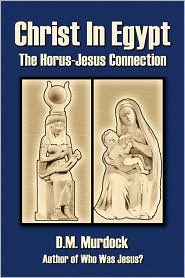
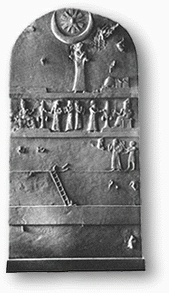
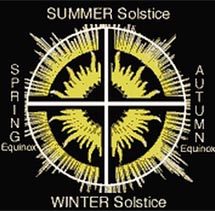
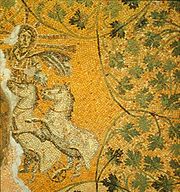
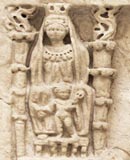 While various of Frazer's contentions
have come under fire, frequently from christian apologists, in
While various of Frazer's contentions
have come under fire, frequently from christian apologists, in
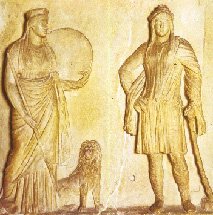
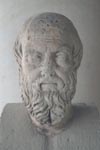 locations can still be considered pre-christian.
locations can still be considered pre-christian.
